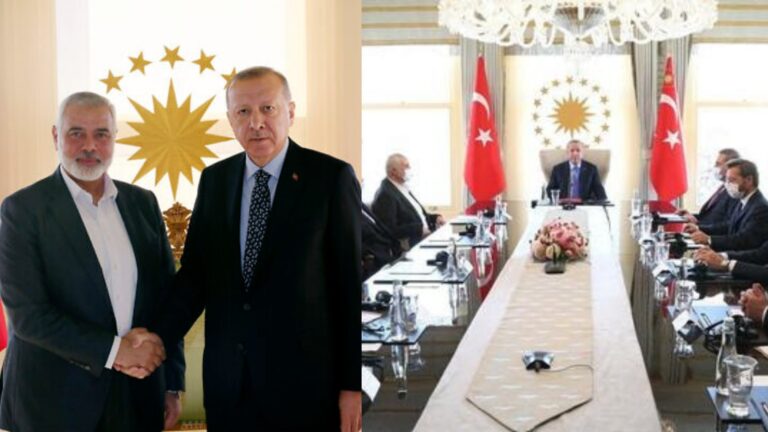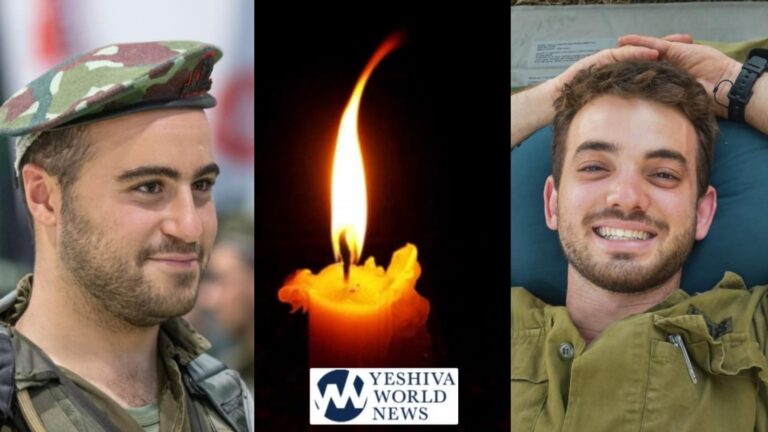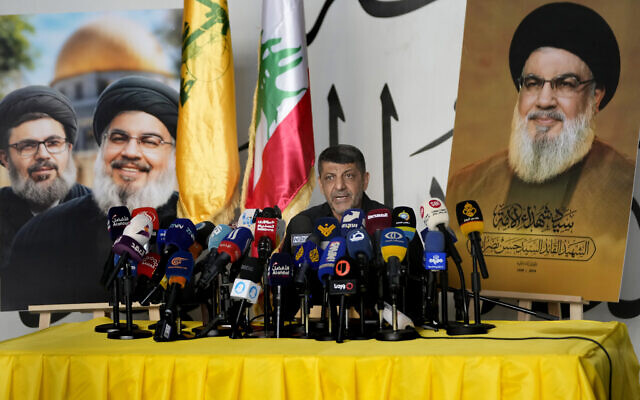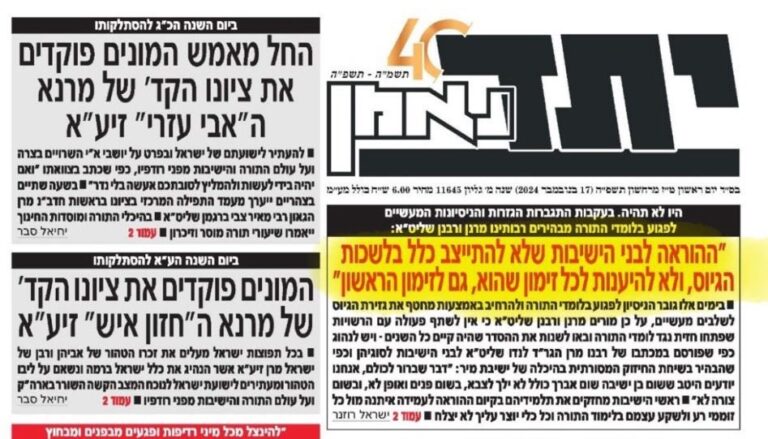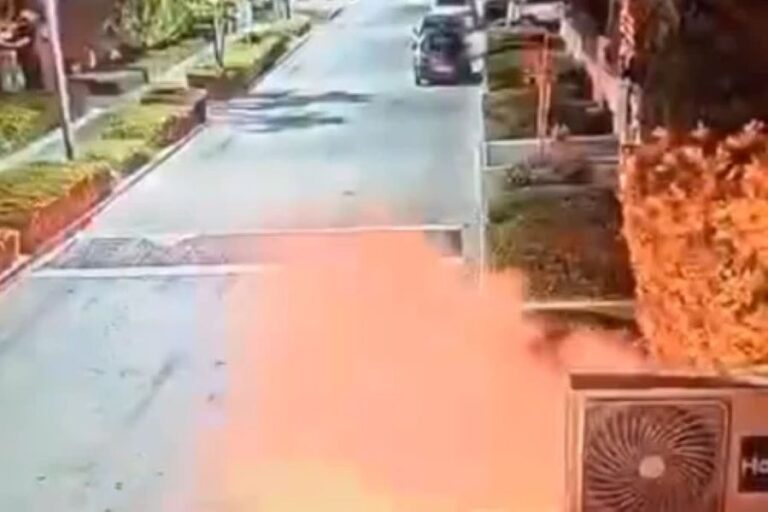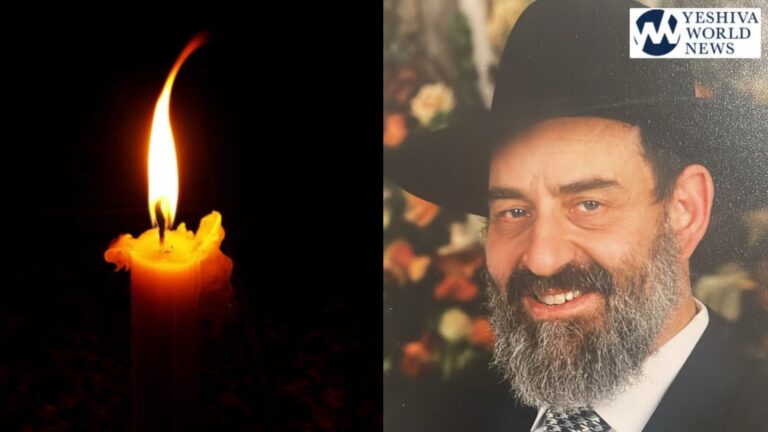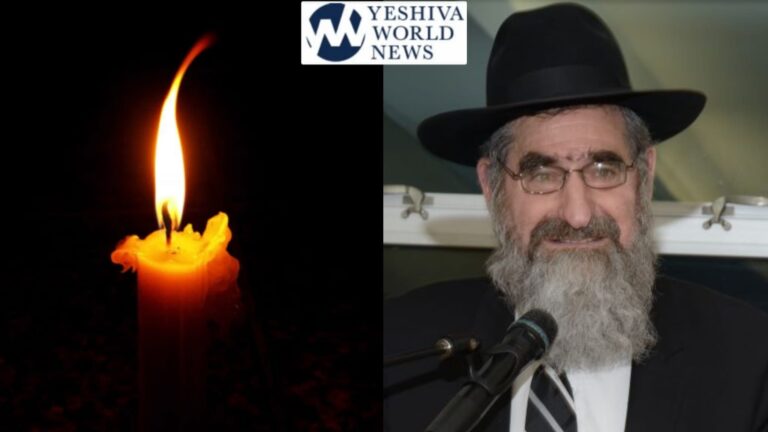 Russia said Friday it is withdrawing its aircraft carrier and other warships from the waters off Syria, following orders from President Vladimir Putin to scale back his forces as he casts himself as a peacemaker for the Middle Eastern country.
Russia said Friday it is withdrawing its aircraft carrier and other warships from the waters off Syria, following orders from President Vladimir Putin to scale back his forces as he casts himself as a peacemaker for the Middle Eastern country.
Russia’s military support changed the course of the 6-year-old civil war in favor of the government of Syrian President Bashar Assad, bolstering his forces with long-range missile attacks and precise airstrikes, military advisers and a beefed-up naval base on the Mediterranean coast.
It is not clear how far Moscow intends to draw down its forces. Putin said Russia would continue fighting “international terrorism in Syria” and supporting Assad’s military, an indication that Russia has no intention of leaving altogether.
But the withdrawal is a show of confidence after the decisive victory last month by Assad and his allies over rebels in the northern city of Aleppo. A week ago, Russia helped broker a cease-fire with Turkey, which supports the opposition, paving the way for new peace talks, this time in Kazakhstan, a Moscow ally.
A day before the cease-fire took effect, Putin ordered the scale-back.
“The successes of the Syrian armed forces in the liberation of Aleppo have created the necessary conditions for the peaceful settlement of the conflict,” said Russian General Staff chief Gen. Valery Gerasimov. “I’m confident that it will lay the basis for the political settlement of the conflict.”
The first forces to leave, he said, will be the aircraft carrier Admiral Kuznetsov, which was deployed in November at the height of the Aleppo offensive, and other, accompanying ships.
Moscow began its military intervention supporting Assad in September 2015. It announced a reduction in its forces once before, in March 2016 during a brief U.S.-Russian-brokered cease-fire and the launch of peace talks in Geneva. A few air units withdrew, but that truce quickly collapsed, peace talks went nowhere, and Moscow again threw renewed military might behind the Syrian government.
At the time, the U.S. estimated that there were 3,000 to 6,000 Russian military personnel in Syria, a number that likely rose before the Aleppo offensive.
Airstrikes from the Kuznetsov began in mid-November and marked the first time it was used in combat. The ship has lost two aircraft — an Su-33 fighter jet that crashed in the Mediterranean in December as it returned to the carrier following a sortie over Syria. In November, a MiG-29 crashed into the sea while trying to land on the vessel.
Weeks of intensive airstrikes and a tightening siege on Aleppo caused rebel defenses to crumble, and they were forced to finally evacuate a small enclave of the city they controlled since 2012. The government declared Dec. 22 it had full control of the city, once Syria’s bustling commercial capital.
Syria’s army Chief of Staff Gen. Ali Ayoub visited the aircraft carrier Friday, according to Syrian state television.
He said the vessel has become “part and parcel of the history of war on terrorism,” according to Al-Ikhbariya TV. He added that “signs of victory” loom after all the Syria military sacrifices and “Russia’s honorable position.”
The recapture of Aleppo by Syrian troops and the subsequent cease-fire make Russian forces less critical to Assad at this juncture of the war. The rebels are mostly concentrated in Idlib province, a stronghold in the north on the border with Turkey. They also have a presence around the capital, Damascus, where government and allied forces are focusing their efforts. Opposition groups say the fighting there violates the cease-fire and threatens the peace talks.
The cease-fire is meant to pave the way for negotiations in Astana, Kazakhstan’s capital, later this month. The gathering could give new impetus for U.N.-mediated talks between Syria’s warring sides. The truce, however, doesn’t include areas controlled by the Islamic State group.
On Friday, Syria’s Kurdish-led forces in the north said they have taken control of a medieval castle perched on a hilltop over a strategic town held by IS militants, less than 32 kilometers (20 miles) from Raqqa, the extremist group’s self-declared capital.
The Britain-based Syrian Observatory for Human Rights said the Kurdish-led Syrian Democratic Forces gained control of Jaabar Castle, which dates to the 11th century, following days of intense clashes with IS militants. Seizing control of the castle brings the Kurdish-led forces within 4 kilometers (2.4 miles) of the dam and Tabqa, the second most important town in the province, after Raqqa, SDF spokesman Talal Sillo told The Associated Press. The castle, which IS leaders have used for cover, was in good condition, he said.
The castle sits on the northern bank of Assad Lake, overlooking the strategic Tabqa Dam and the town of the same name.
Built in the late 1960s with help from the Soviet Union, Tabqa Dam is believed to be Syria’s largest. It has created the country’s largest reservoir.
“We try to take control of the dam with the least possible damage, so we are not depending heavily on airstrikes,” Sillo said. The U.S.-led international coalition backs the SDF forces with airstrikes.
Tabqa also houses a number of prisons. Sillo said there are intelligence reports that IS militants have been transferring captives from there to Raqqa.
(AP)

